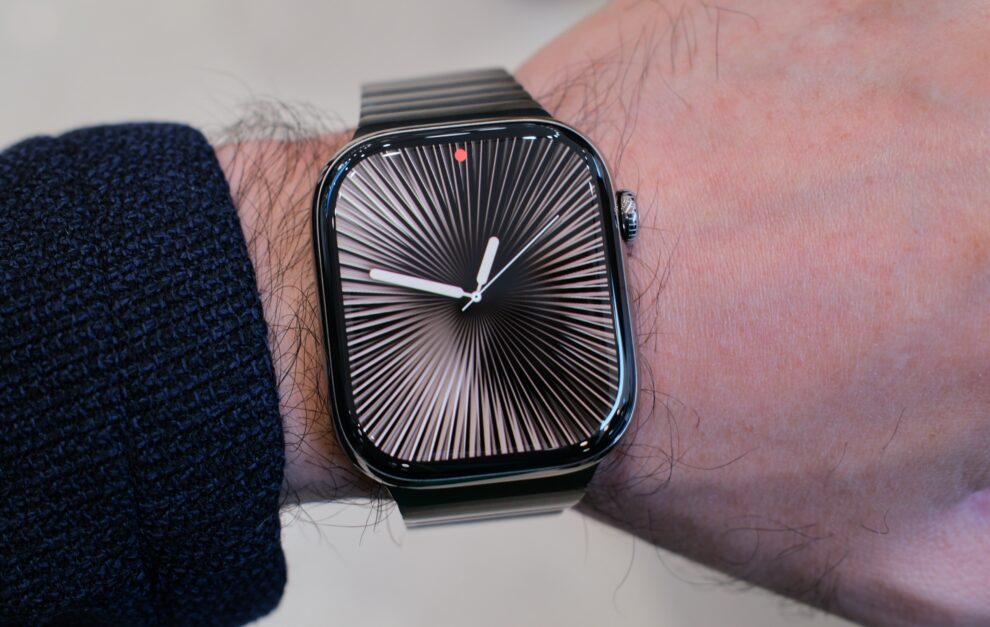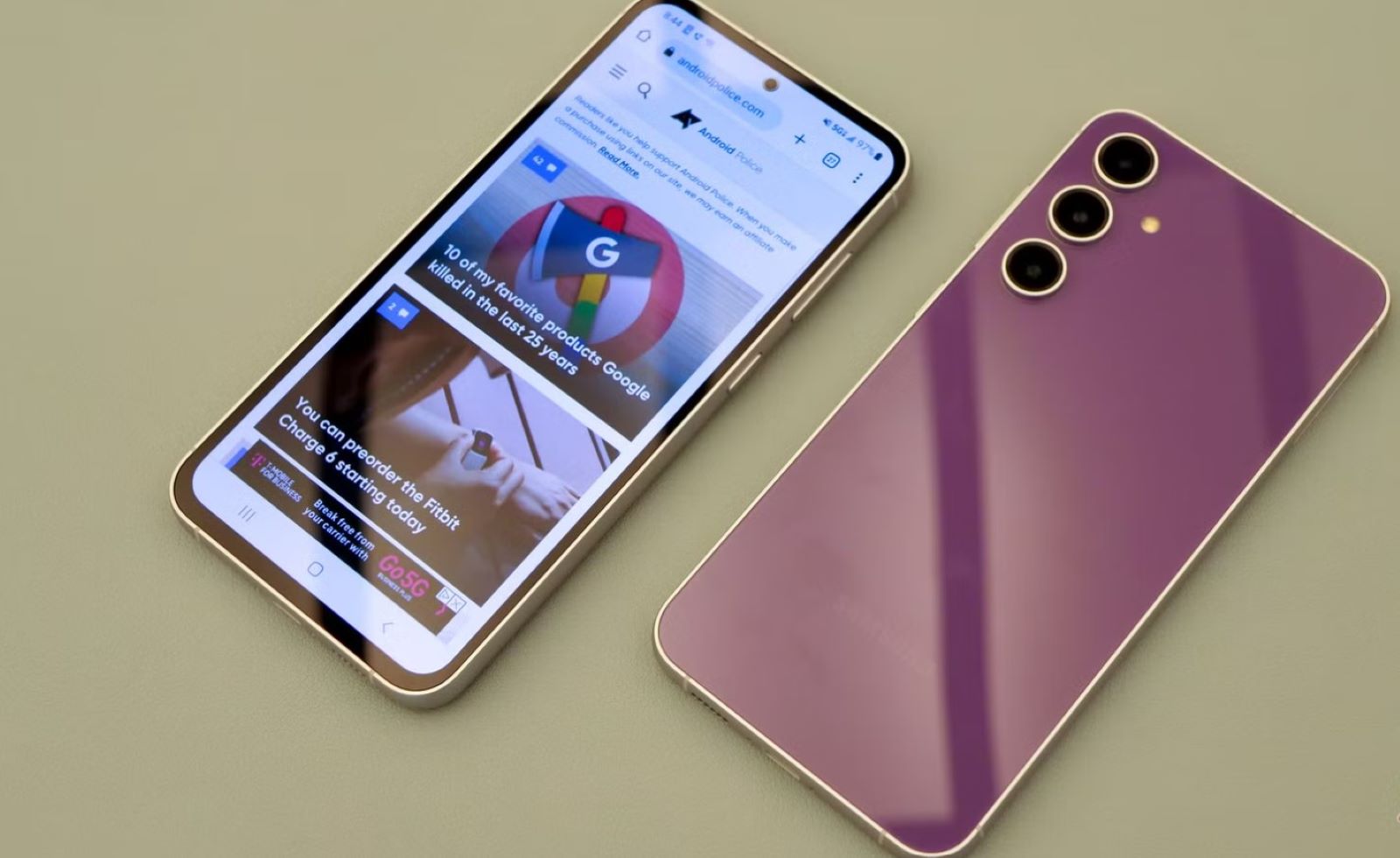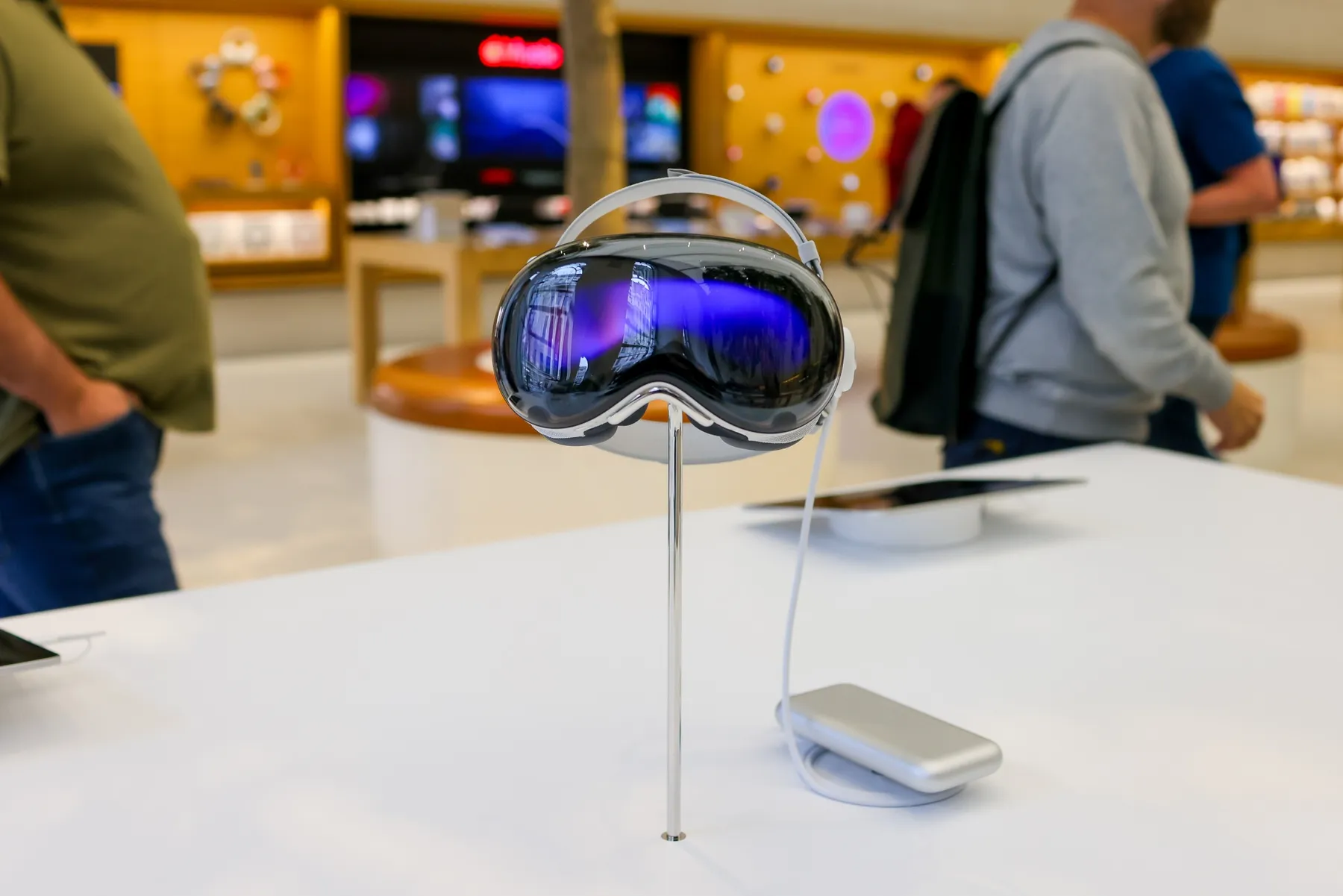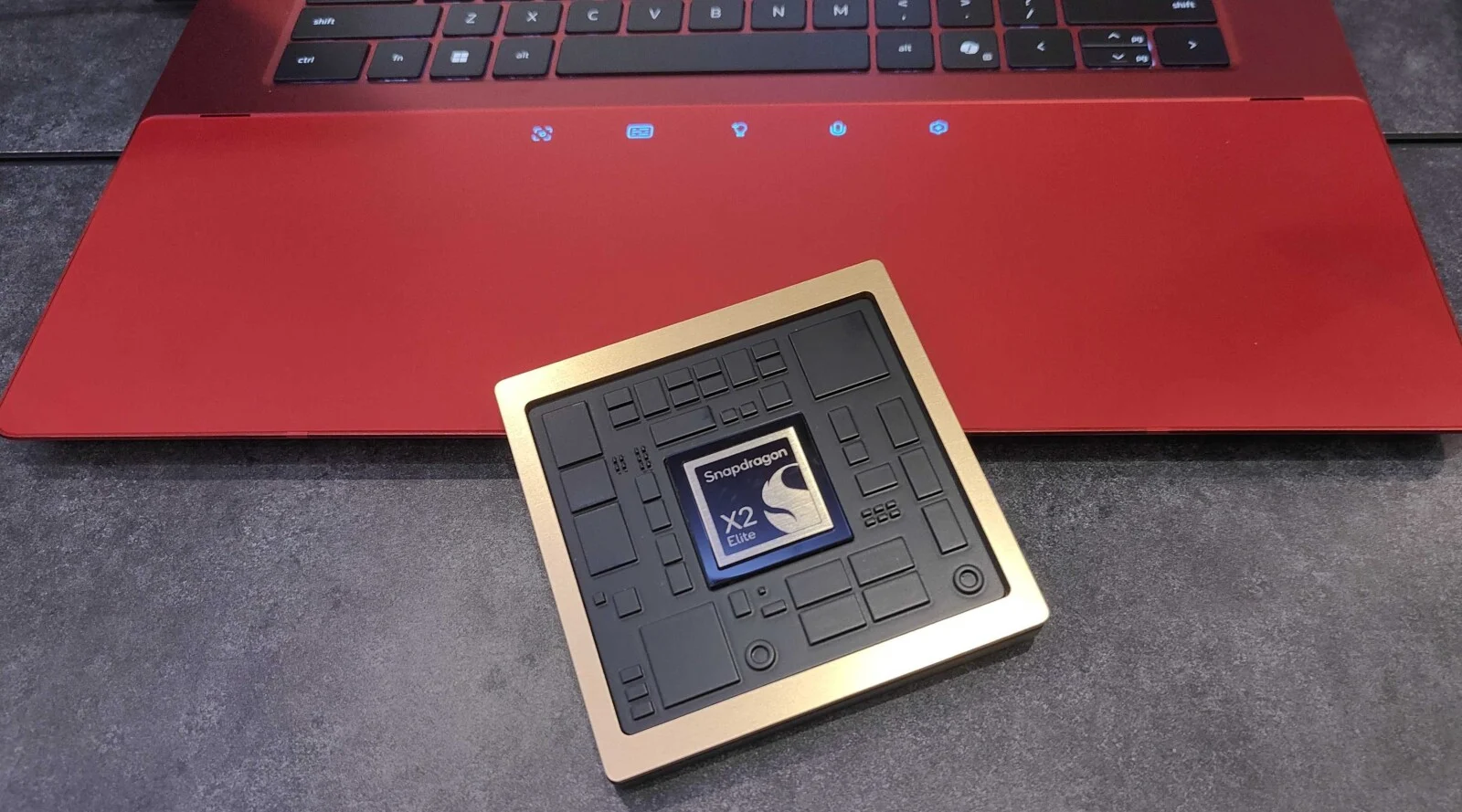Apple’s latest watchOS 26 update introduces a notable new feature for Apple Watch users: ‘Hints.’ This addition subtly integrates timely, relevant information directly onto the watch face, designed to enhance glanceability and provide context without overwhelming the user. ‘Hints’ appear as small, dynamic snippets of information, adapting to the user’s current situation, schedule, and frequently used apps. This thoughtful approach aims to make the Apple Watch even more intuitive and useful throughout the day.
Key Takeaways:
- watchOS 26 introduces ‘Hints,’ a new feature displaying contextual information on Apple Watch faces.
- Hints appear as subtle, dynamic text or icons, providing timely updates without clutter.
- The feature learns user habits and preferences to offer relevant suggestions and information.
- Examples include traffic alerts, calendar reminders, weather changes, and suggested app shortcuts.
- Users can customize which categories of ‘Hints’ appear and manage their visibility.
- This update aims to improve the Apple Watch’s glanceability and predictive utility.
The concept behind ‘Hints’ builds upon the existing complication system of watchOS but takes a more proactive and intelligent approach. While complications offer static or frequently updated data points from specific apps, ‘Hints’ are more fluid, appearing and disappearing based on immediate relevance. For example, a ‘Hint’ might display a quick notification about an upcoming turn during navigation, a suggestion to open a specific app based on your routine, or a brief weather advisory for the next hour.
This move aligns with Apple’s ongoing commitment to refining the user experience on its wearable devices. The Apple Watch, first introduced in 2015, has consistently evolved from a notification hub to a comprehensive health and fitness companion, and now, with ‘Hints,’ it further solidifies its role as a proactive personal assistant. The initial reception to ‘Hints’ from beta testers indicates a positive outlook, with many praising its non-intrusive nature and genuine utility.
How ‘Hints’ Work: Contextual Awareness and Machine Learning
The core strength of ‘Hints’ lies in its sophisticated use of on-device machine learning and contextual awareness. The system analyzes various data points from the user’s Apple Watch and paired iPhone to predict what information might be most useful at any given moment. This includes:
- Location Data: Understanding where the user is (home, work, gym) to provide location-specific ‘Hints’ like public transport updates or local weather.
- Calendar and Reminders: Proactively displaying details about upcoming appointments or pending tasks.
- App Usage Patterns: Identifying frequently used apps at specific times or locations and suggesting shortcuts.
- Health and Activity Data: Offering prompts related to activity goals, medication reminders, or even hydration suggestions.
- Time of Day: Tailoring ‘Hints’ to daily routines, such as displaying commute information in the morning or wind-down suggestions in the evening.
When a relevant ‘Hint’ is generated, it appears subtly on the watch face. Its appearance is designed to be brief and easily dismissible, ensuring it adds value without becoming a distraction. Users can tap on a ‘Hint’ to expand it, often leading directly to the relevant application for more details.
Examples of ‘Hints’ in Action
To understand the practical application of ‘Hints,’ consider a few scenarios:
- Morning Commute: As you leave for work, a ‘Hint’ might appear showing current traffic conditions on your usual route, or a brief alert if your train is delayed, potentially suggesting an alternative.
- Workday Productivity: During your workday, a ‘Hint’ could remind you of an upcoming meeting 10 minutes before it starts, or suggest opening your communication app if you frequently check it around that time.
- Fitness Routine: While at the gym, a ‘Hint’ might prompt you to start a specific workout type based on your past activities, or suggest a short stretch if you’ve been sitting for a long period.
- Travel: When traveling, a ‘Hint’ could display your flight gate number when you arrive at the airport, or suggest currency conversion rates if you’re in a new country.
- Weather Changes: A sudden drop in temperature or the onset of rain might trigger a ‘Hint’ to grab an umbrella or put on a jacket.
These examples highlight the predictive and assistive nature of the feature, aiming to provide information precisely when it’s most relevant, reducing the need to actively search for it.
User Control and Customization
Apple has built ‘Hints’ with user control in mind. While the feature aims to be intelligent, users retain the ability to customize its behavior. Within the Watch app on the iPhone, there’s a dedicated section for ‘Hints’ settings. Here, users can:
- Enable or Disable Categories: Choose which types of ‘Hints’ they want to see, such as Calendar, Maps, Activity, Weather, or third-party app suggestions. This allows for a personalized experience, ensuring only the most desired information appears.
- Adjust Frequency: While not a direct “frequency slider,” the system learns from user interaction. If a user consistently ignores or dismisses a certain type of ‘Hint,’ the system will gradually reduce its appearance. Conversely, frequent interaction with a ‘Hint’ will signal its usefulness, potentially increasing its visibility.
- Privacy Settings: As with all Apple features, privacy is a key consideration. ‘Hints’ processing primarily occurs on-device, minimizing data sharing and ensuring personal information remains secure. Users can review and adjust privacy settings related to data used for ‘Hints.’
This level of customization is crucial for a feature that aims to be predictive. It prevents the system from becoming overwhelming or providing irrelevant information, a common pitfall for intelligent assistants.
Integration with Existing watchOS Features
‘Hints’ integrates naturally with the broader watchOS ecosystem. It complements existing features like Siri, complications, and smart stacks. While Siri requires a verbal or tap interaction, and complications provide constant data, ‘Hints’ bridges the gap by offering transient, context-aware information. It can be seen as a natural evolution of the “smart stack” concept, taking the most relevant cards from the stack and presenting them directly on the watch face for immediate visibility.
The seamless integration means that if a ‘Hint’ is dismissed, the information might still be accessible through a complication or within the relevant app. This redundancy ensures that important information is not lost, but rather presented in the most opportune manner.
The Evolution of the Apple Watch Face
The introduction of ‘Hints’ marks another significant step in the evolution of the Apple Watch face. Initially, watch faces were primarily about aesthetics and basic time-telling. Over the years, complications added layers of utility, allowing users to customize information at a glance. ‘Hints’ takes this a step further by introducing dynamic, predictive elements.
This progression reflects a broader industry trend towards proactive computing, where devices anticipate user needs rather than merely responding to commands. For the Apple Watch, a device worn constantly and designed for quick interactions, this proactive approach is particularly fitting. The goal is to minimize the time spent interacting with the device while maximizing its utility.
The development of ‘Hints’ likely involved extensive user testing and feedback. Balancing the desire for helpful information with the risk of visual clutter is a fine line to walk on a small screen. The subtle design and intelligent algorithms behind ‘Hints’ suggest Apple has approached this challenge carefully, aiming for a feature that truly assists without distracting.
Impact on User Experience and Battery Life
From a user experience perspective, ‘Hints’ promise a more informed and efficient interaction with the Apple Watch. By surfacing relevant information automatically, users can reduce the number of taps and swipes needed to access key data. This contributes to a smoother and less interruptive daily experience. For example, a quick glance might be enough to confirm an upcoming appointment, rather than needing to open the Calendar app.
Regarding battery life, Apple typically optimizes new watchOS features to have minimal impact. ‘Hints’ relies on on-device processing and efficient data fetching. While any background activity consumes some power, the design of ‘Hints’ to be fleeting and context-dependent suggests that its power draw will be negligible, similar to other smart features on the device. Apple’s focus on power efficiency across its chip designs and software optimizations suggests ‘Hints’ will not significantly diminish the Apple Watch’s already impressive battery endurance.
The Future of Glanceable Information
The implementation of ‘Hints’ in watchOS 26 sets a precedent for how future wearable interfaces might evolve. As AI and machine learning capabilities continue to advance, we can expect devices to become even more adept at predicting our needs and delivering information proactively. ‘Hints’ could be seen as a foundation for a truly adaptive watch face that reshapes itself based on the user’s immediate context and priorities.
This could lead to even more personalized and intelligent suggestions, not just for information, but also for actions. Imagine ‘Hints’ that automatically adjust your smart home settings as you arrive, or suggest a guided meditation based on your stress levels detected by the watch. The possibilities are significant, and ‘Hints’ in watchOS 26 serves as an early, promising look into this future.
The Apple Watch continues to be a central pillar of Apple’s ecosystem, and updates like ‘Hints’ demonstrate the company’s ongoing investment in refining its capabilities. By making the watch face even more intelligent and responsive, Apple solidifies the device’s role as a true personal companion, always ready with the right information at the right time.
Frequently Asked Questions (FAQs)
Q1: What exactly are ‘Hints’ in watchOS 26?
A1: ‘Hints’ are small, dynamic pieces of contextual information that appear subtly on your Apple Watch face. They provide timely and relevant updates based on your activities, location, and app usage patterns.
Q2: How do ‘Hints’ differ from regular complications on the Apple Watch face?
A2: Complications display static or periodically updated data from specific apps (e.g., temperature, activity rings). ‘Hints’ are more fluid and predictive; they appear only when relevant to your immediate context and then disappear, offering just-in-time information.
Q3: Can I choose what kind of ‘Hints’ I see on my watch face?
A3: Yes, watchOS 26 allows you to customize ‘Hints’ categories within the Watch app on your iPhone. You can enable or disable specific types of ‘Hints’ such as those related to Calendar, Maps, Weather, or Activity.
Q4: Do ‘Hints’ drain the Apple Watch battery quickly?
A4: Apple designs watchOS features with battery efficiency in mind. ‘Hints’ rely on on-device processing and optimized data fetching, so they are not expected to significantly impact the Apple Watch’s battery life.
Q5: How does the Apple Watch know what ‘Hints’ to show me?
A5: ‘Hints’ uses on-device machine learning and contextual awareness. It analyzes data like your location, calendar, app usage patterns, and time of day to predict what information might be most useful to you at any given moment.
Q6: Are ‘Hints’ available on all Apple Watch models that support watchOS 26?
A6: Yes, ‘Hints’ is a software feature of watchOS 26 and will be available on all Apple Watch models compatible with the watchOS 26 update.
Q7: Can third-party apps provide ‘Hints’ in watchOS 26?
A7: Apple has opened a framework for third-party developers to integrate with the ‘Hints’ system, allowing their apps to contribute contextual information to your watch face, similar to how they provide complications.
Q8: If I dismiss a ‘Hint,’ is the information gone forever?
A8: No, dismissing a ‘Hint’ simply removes it from your watch face. The underlying information will still be accessible within the relevant application or through existing complications.
Q9: How do ‘Hints’ improve the Apple Watch user experience?
A9: ‘Hints’ enhance glanceability and efficiency by providing relevant information proactively. This reduces the need to navigate through apps or menus, making interactions with the watch quicker and more intuitive.








